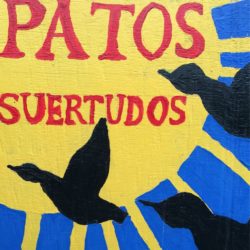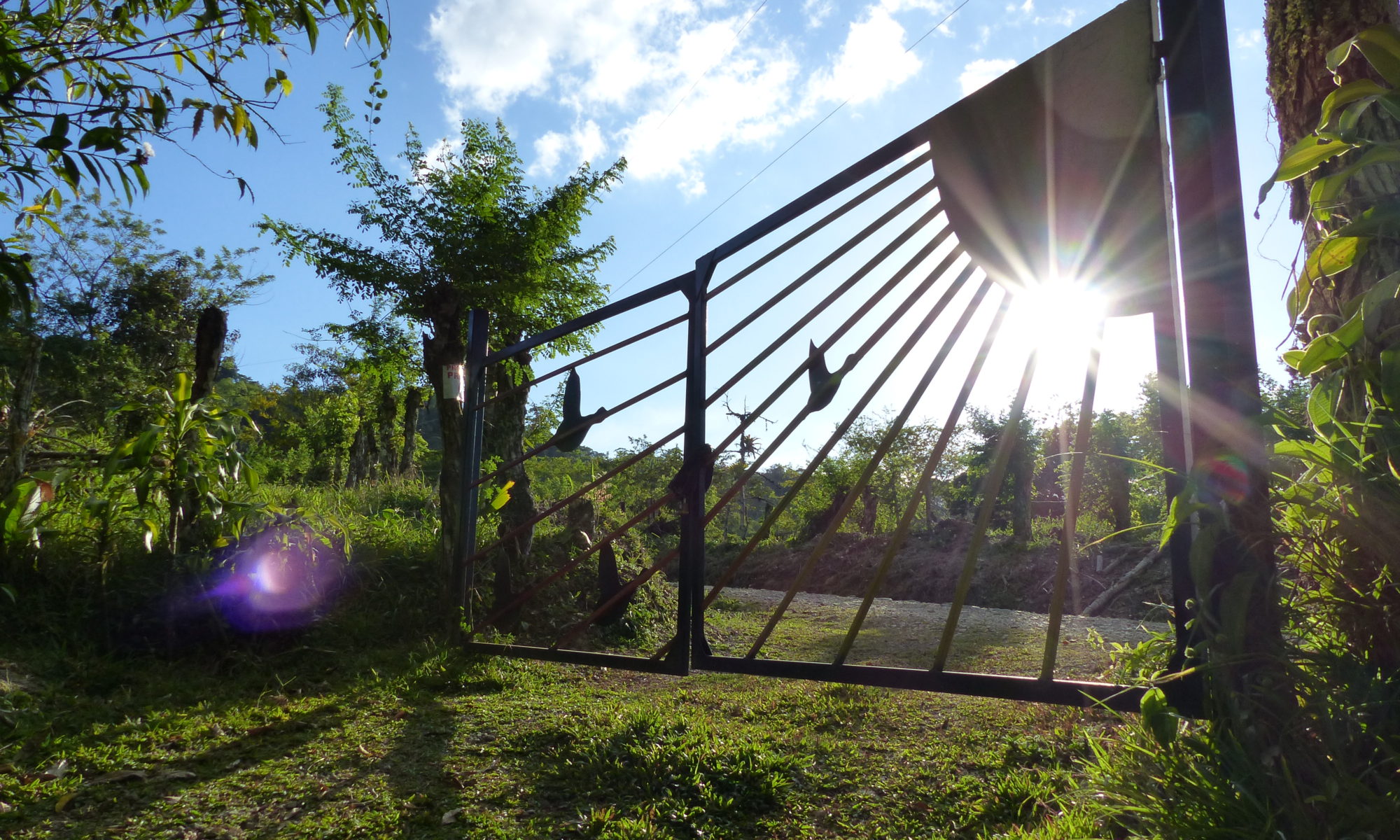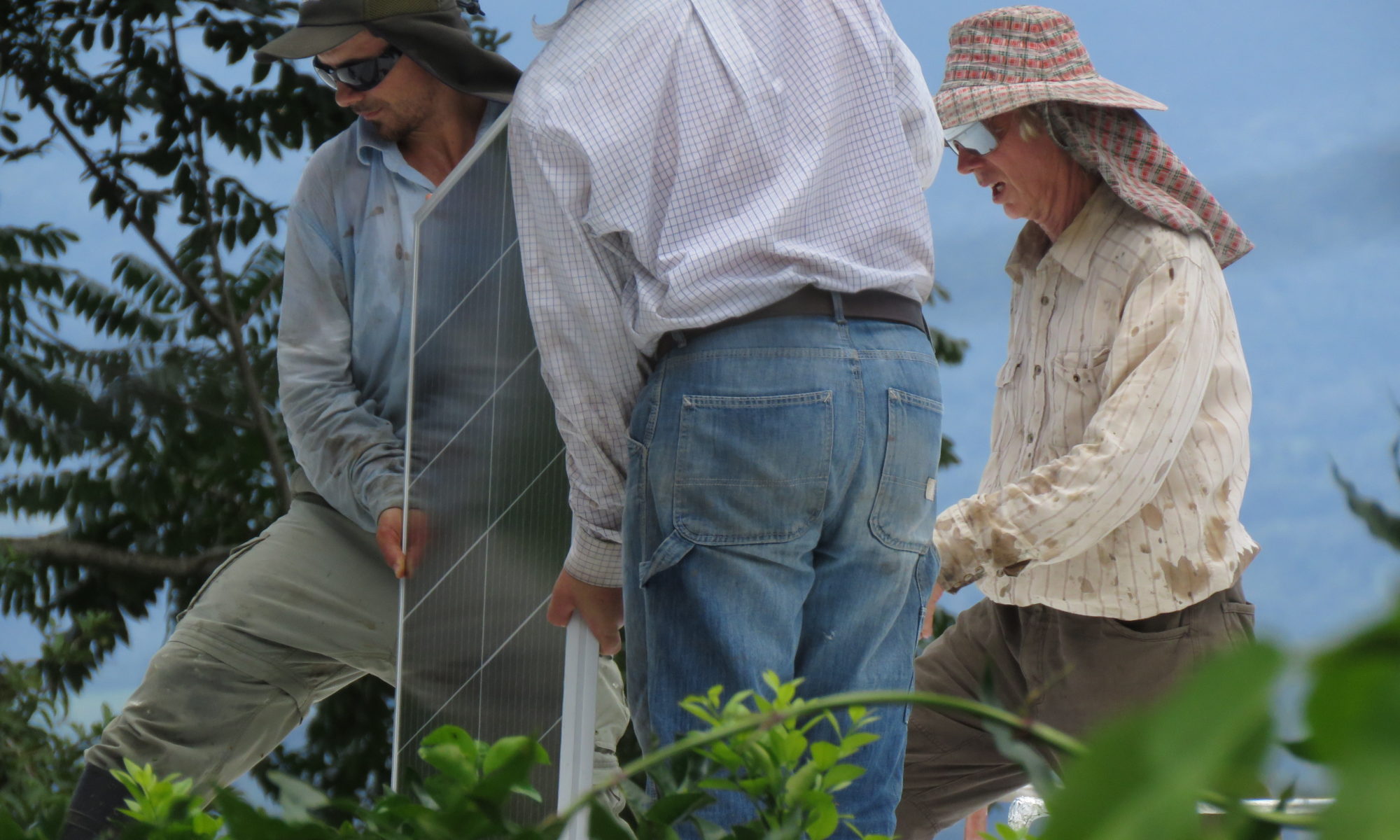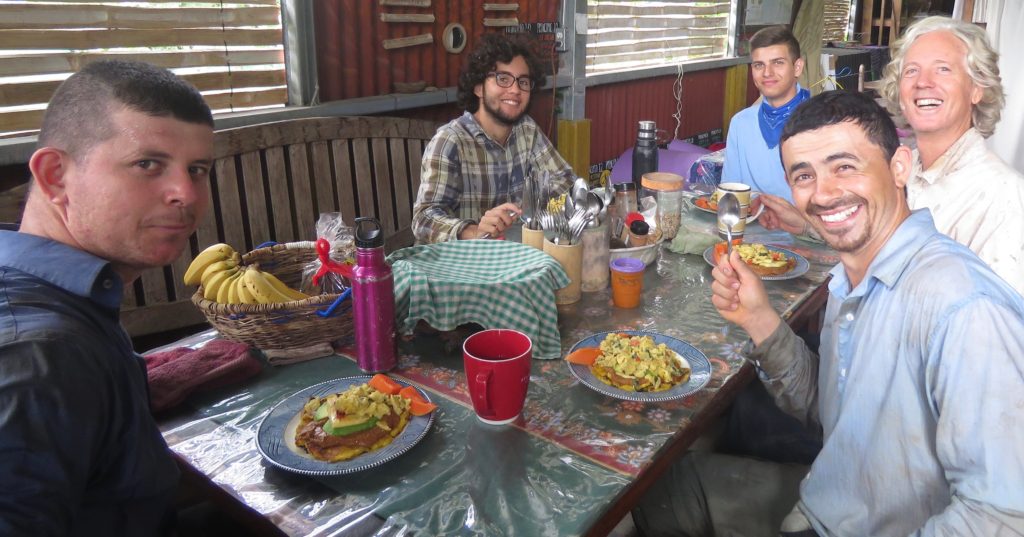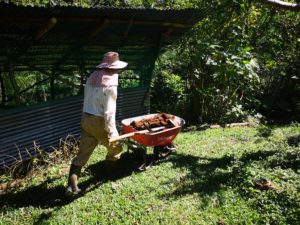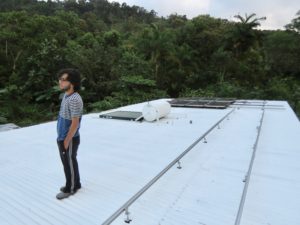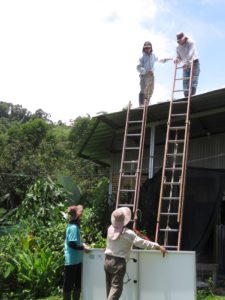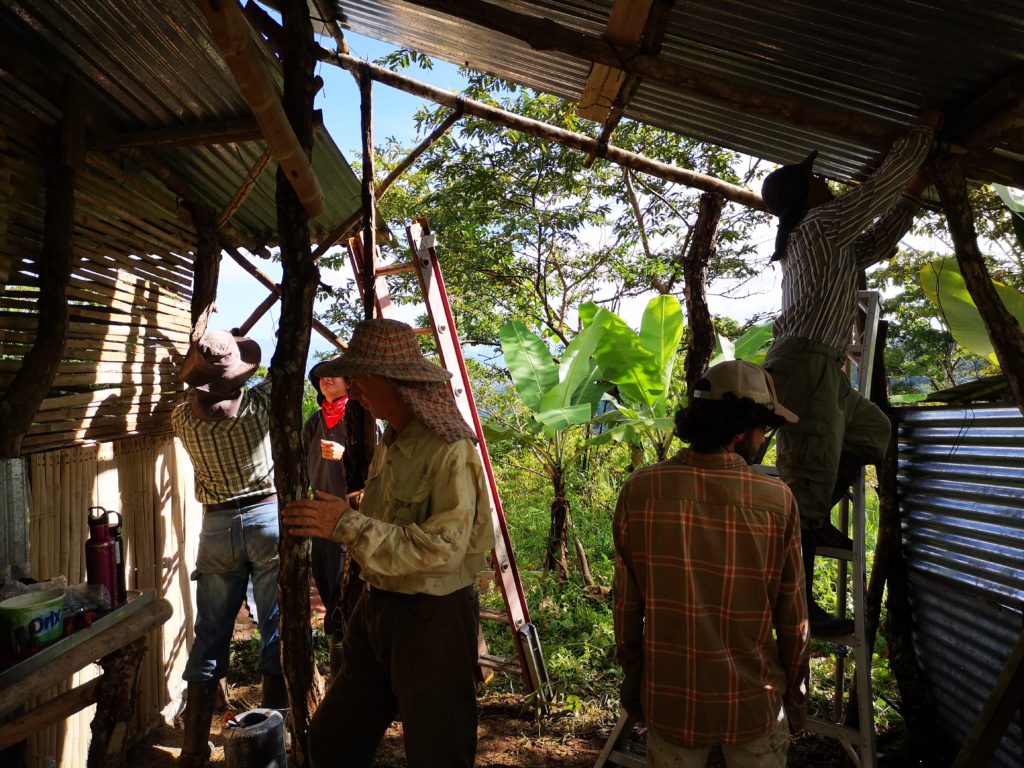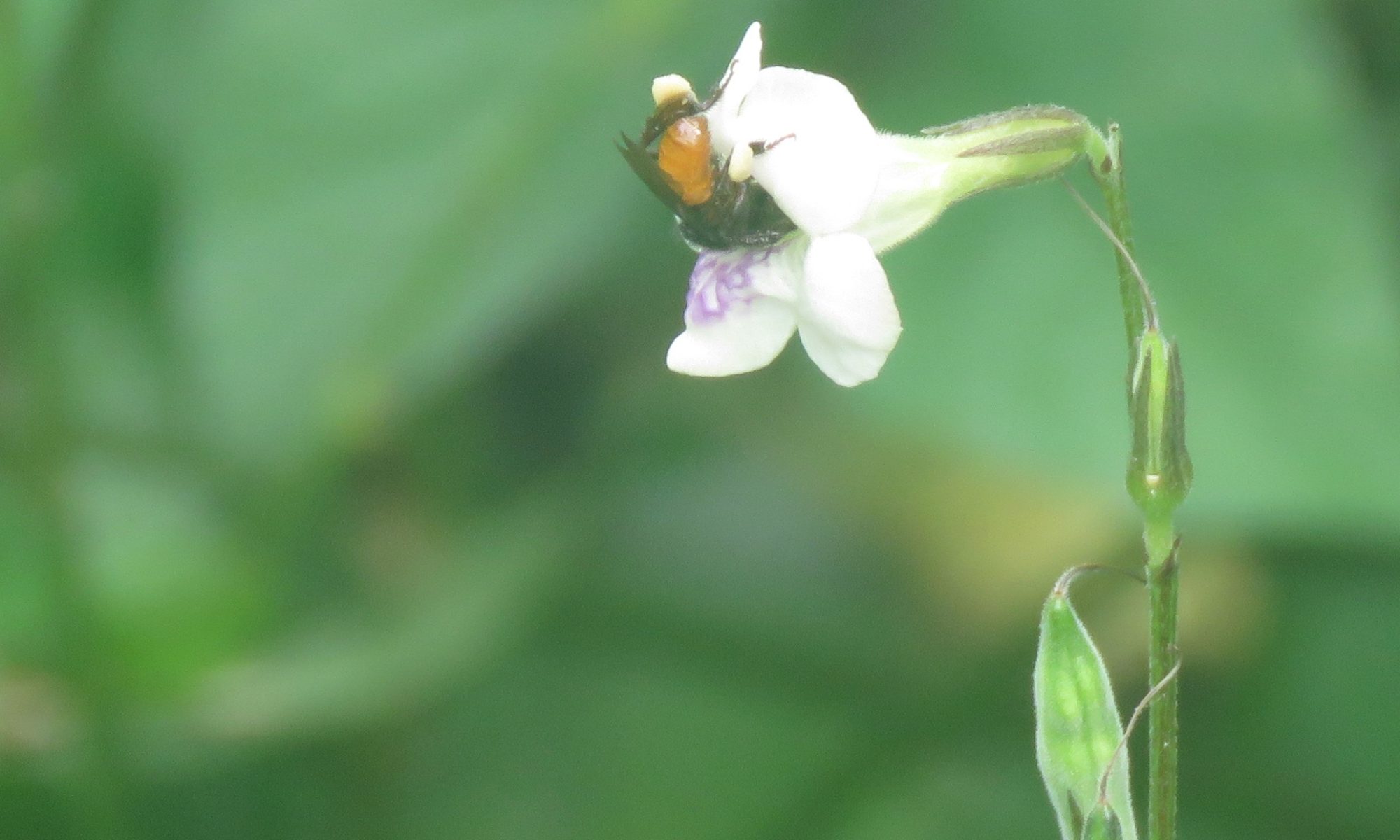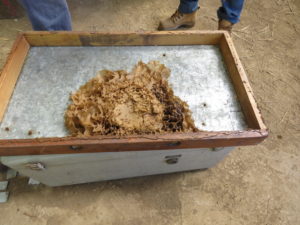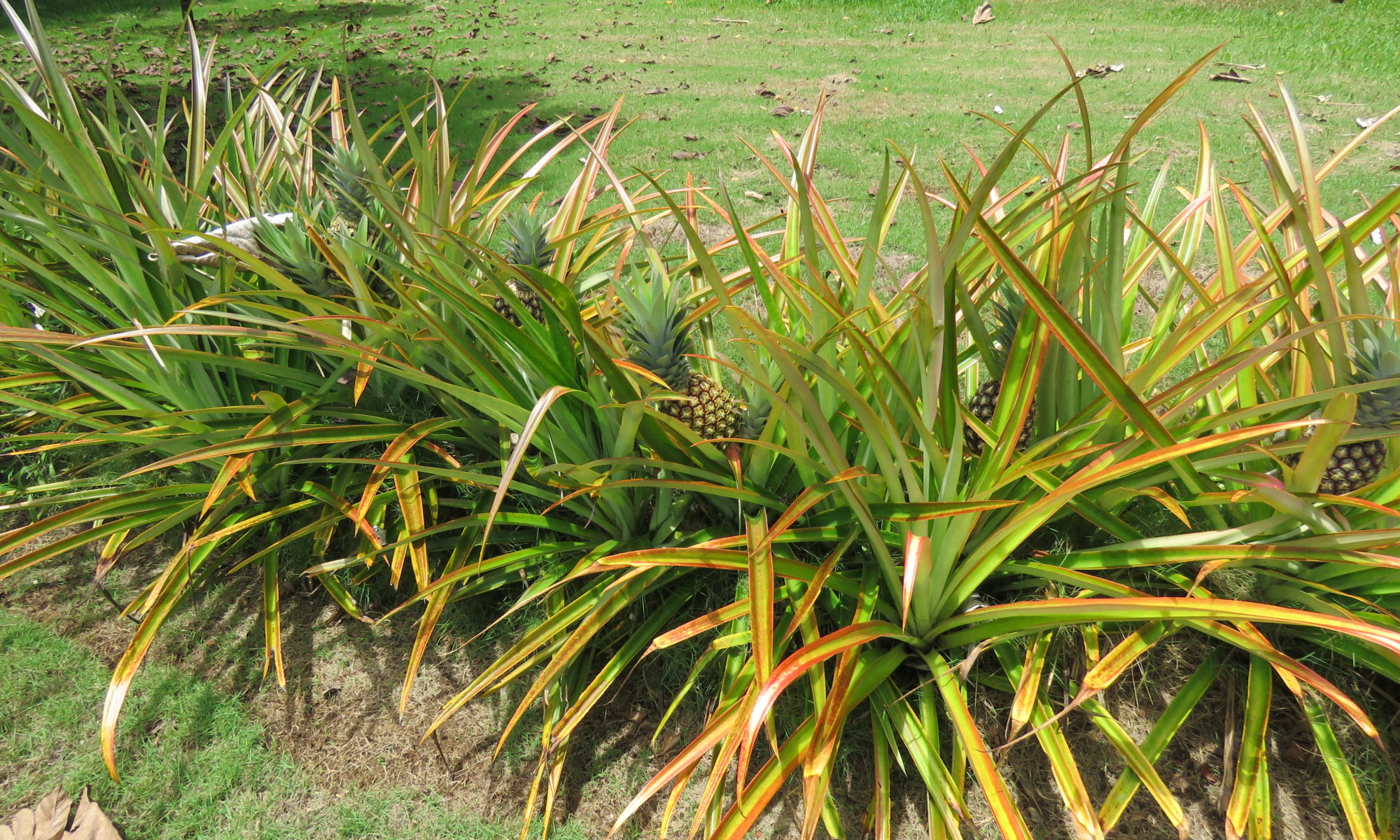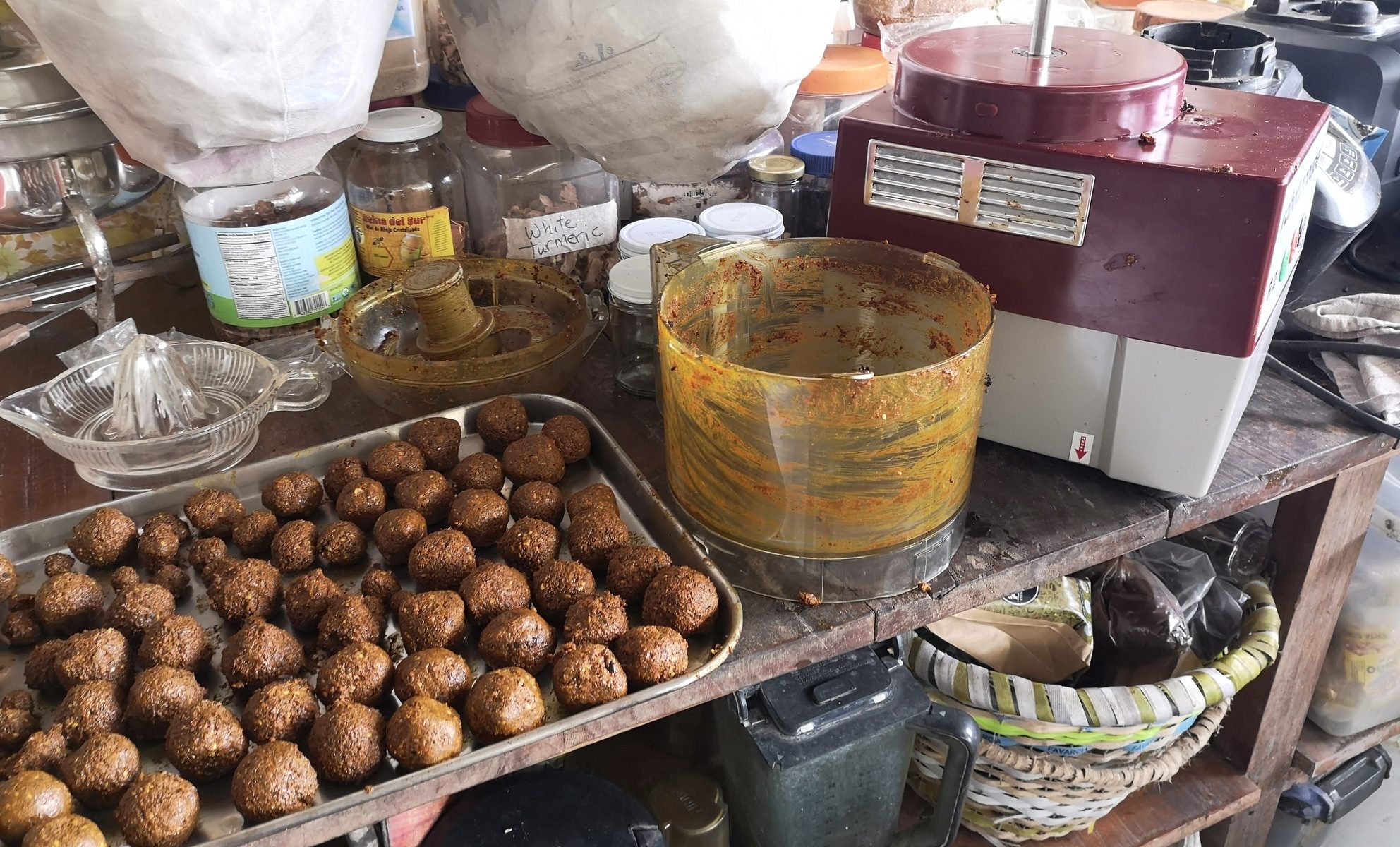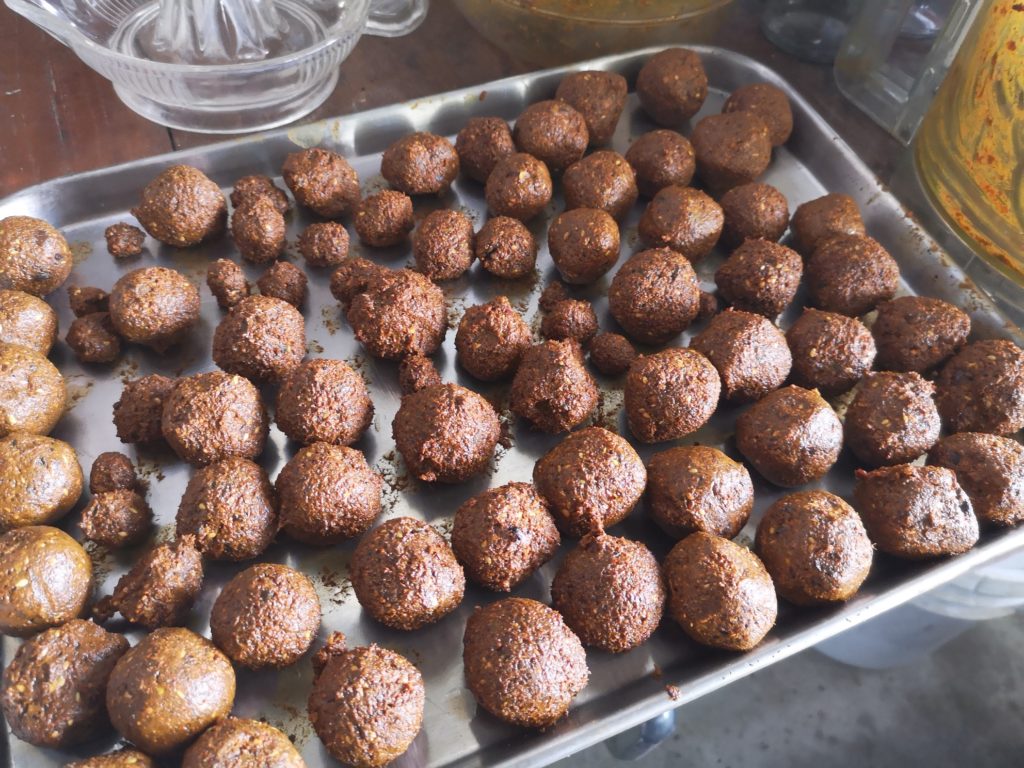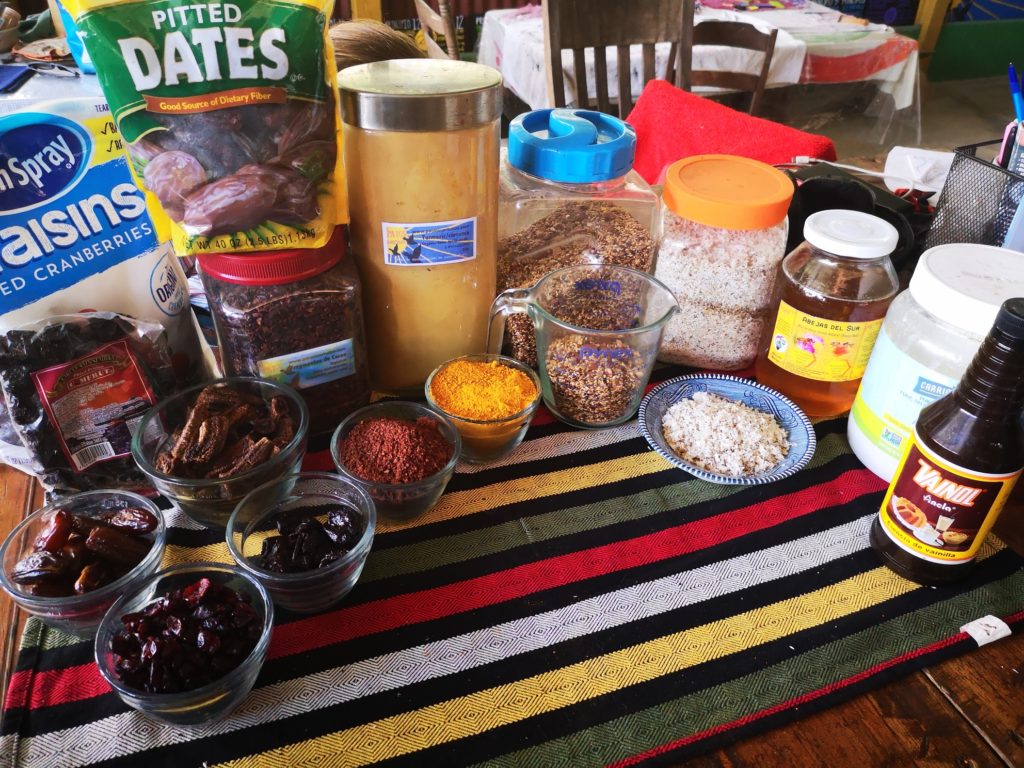September 29, 2023
Pau d’Arco
(Tabebuia Rosea / Tabebuia Avellanedae / Tabebuia Impetiginosa / Tabebuia Serratifolia)
The name “Pau d’Arco” comes from Portuguese and literally means “bow stick”. Native South Americans use the wood to make bows for archery.
Alternative names: pink poui, pink/rosy trumpet tree, pink tecoma, lapacho, roble de sabana, ocobo, macuelizo, gauyacan rosado, flormorado, taheebo, ipe roxo
Pau d’Arco Natural Medicine Usage
Functions as a tonic for naturally improving the function of the body’s immune system to improve your health.
Pau d’Arco has been used for thousands of years as a botanical tonic for the whole body. Ingested as a tea, it can increase the body’s immune system and purify the blood, clean the lungs, eliminate infections, and parasites, improve digestion, clean the intestines and kidneys, and balance the glands and nervous system.
There is scientific support in particular for use in:
Infections (viral, fungal bacterial, parasitic) inhibits and destroys various bacteria, yeasts, fungi, and viruses.
Contains anti-inflammatory properties, used in treating cancer, inhibiting virus cell growth, and effectively used against various types of parasites.
It shows effectiveness in anti-aging, fighting candida, intestinal disorders, weight management, detoxification of heavy metals and other chemicals. Effective used for skin
wounds and infections, and reduces redness and swelling due to skin infections and irritations.
Contraindications / interactions
Do not use during pregnancy and lactation.
Do not use with the use of anticoagulants.
The Pau d’Arco story
The inner bark of the Pau d’Arco tree has been used for centuries as a traditional medicine in tropical America, reported to be the sacred tree and medicine of the Incas and Mayas. Communities such as the Guarani and Tupi Indians in Brazil reportedly used the bark in a tea preparation for numerous conditions such as fungal infections, colds, cough, flu, anemia, malaria, fever, arthritis, dysentery, and other gastrointestinal problems, skin lesions, colitis, boils, snakebites, syphilis, and even cancer, to name a few.
This is a natural food supplement, one of the most potent botanical medicines from the tropical rainforest, and completely safe and non-toxic with no secondary side effects.
Pau d’Arco tea instructions
Place 2 teaspoons of Pau d’Arco bark in a pot with 4 cups of water and bring to a boil. Boil for 20 minutes, then let the mixture cool for about an hour. Next, strain the tea, and drink small portions throughout the day, or use it externally.
Dosage: 1-3 cups per day as a natural health tonic. 3-6 cups per day for the treatment of acute and chronic illnesses.
Pau d’Arco tincture instructions
Dissolve 2 tablespoons of Pau d’Arco with a half-cup of vodka or gin. Place in a dark bottle and agitate vigorously once a day for one week. Strain and use.
Pau d’Arco Tincture is excellent for the treatment of insect bites, cuts, burns, acne, eczema, abrasions, and most problems with the skin. It is also useful for treating strains, sprains, bruises, and muscular pain caused by arthritis and rheumatism. Use 1 tablespoon of tincture as a mouthwash for sore throats and gum problems.
Pau d’Arco hydrotherapy
- Hot Baths – add 1 liter of Pau d’Arco Tea to your baths as warm as possible.
- Hot Compresses – soak a towel in hot Pau d’Arco Tea and apply to chest, back or joints for 15-30 minutes.
Pato Suertudos’ Pau d’ Arco Tonic
Contains Pau d’ Arco, Turmeric, Ginger, and Black Pepper. Shown through studies to be an effective blend enhancing effectiveness of these powerful plant medicines. This recipe has been tested effective by Ed and Jessica Bernhardt over many years.
Studies
- https://phcog.com/article/sites/default/files/PhcogMag145525-2629685_071816.pdf
- https://pubmed.ncbi.nlm.nih.gov/15643520/
- https://draxe.com/nutrition/pau-darco/
- Medicinal Plants of Costa Rica, New Dawn Center, Finca Alba Nueva, Costa Rica, Ed Bernhardt.

